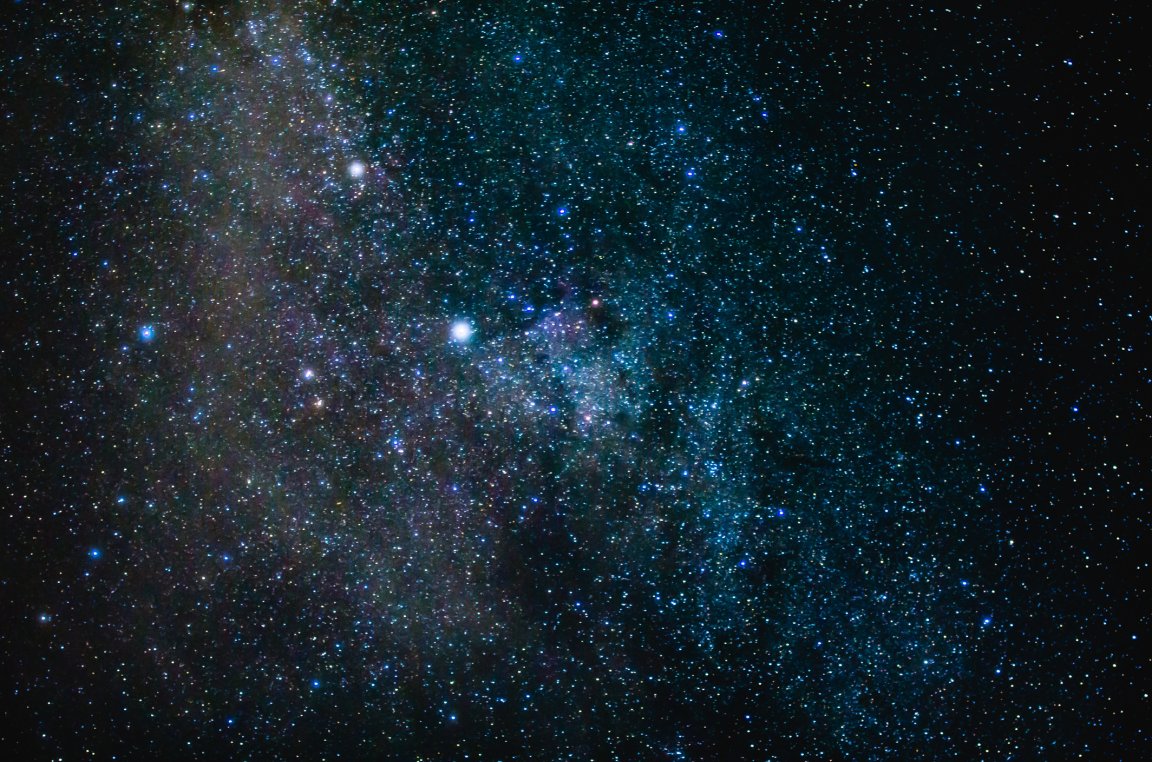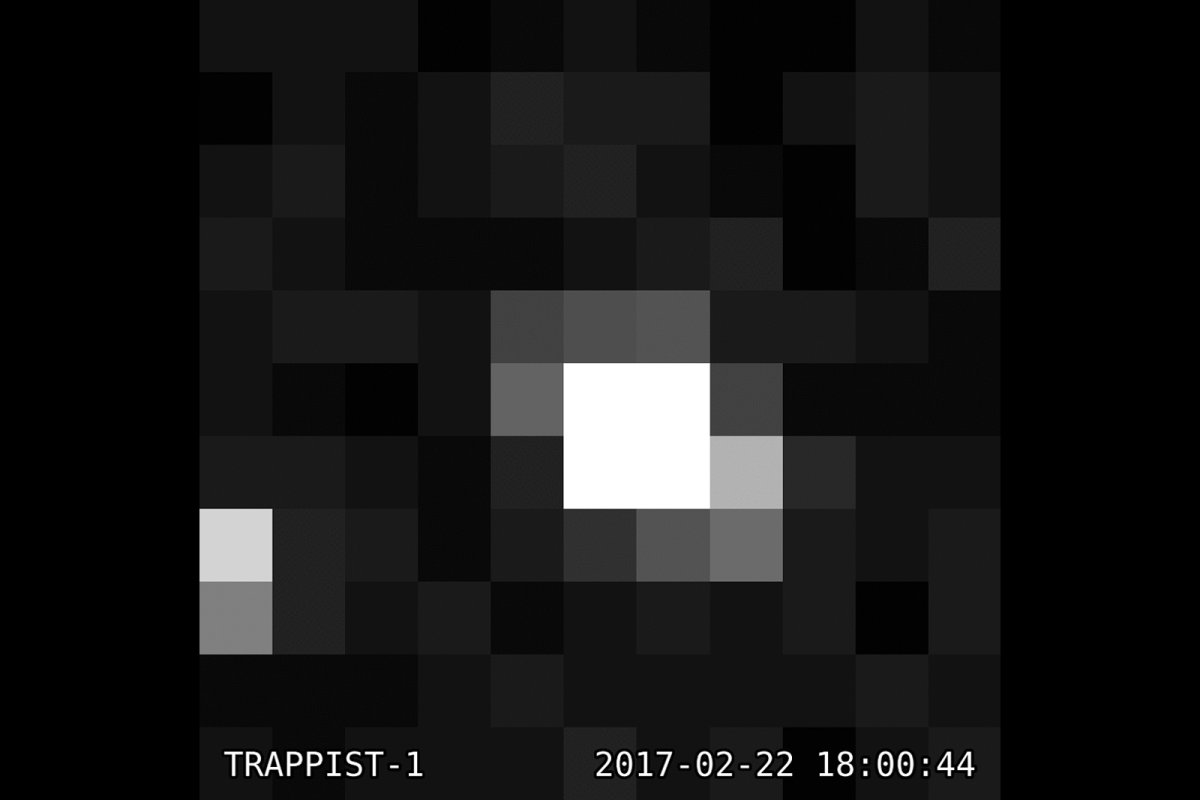
First Look At Trappist-1
NASA has just released the first raw data from the Kepler telescope’s time observing Trappist-1. While the barely-animated pixels may not be as inspiring to your imagination as the artists’ conceptions of the system have been, the simple, 11-by-11 animation of the ultra-cool dwarf from February 22nd will hopefully fuel new scientific research.

The data released is a target pixel file showing the light levels caught by the Kepler space telescope as it studied Trappist-1 for an hour. No planets are visible, because even if a planet had crossed directly in front of the star during that hour, it would have been the tiniest change in terms of brightness levels.
Data To Inspire Research
It may seem odd to offer this kind of raw data, but it makes a tremendous difference to researchers and the public.
“Scientists and enthusiasts around the world are invested in learning everything they can about these Earth-size worlds,” said Geert Barentsen, K2 research scientist at NASA’s Ames Research Center. “Providing the K2 raw data as quickly as possible was a priority to give investigators an early look so they could best define their follow-up research plans. We’re thrilled that this will also allow the public to witness the process of discovery.”
The data will allow researchers the time to know exactly what they’ll be looking for and prepare their proposals to match. More data will be coming in May, so it won’t be long before we have a more detailed look at the system.